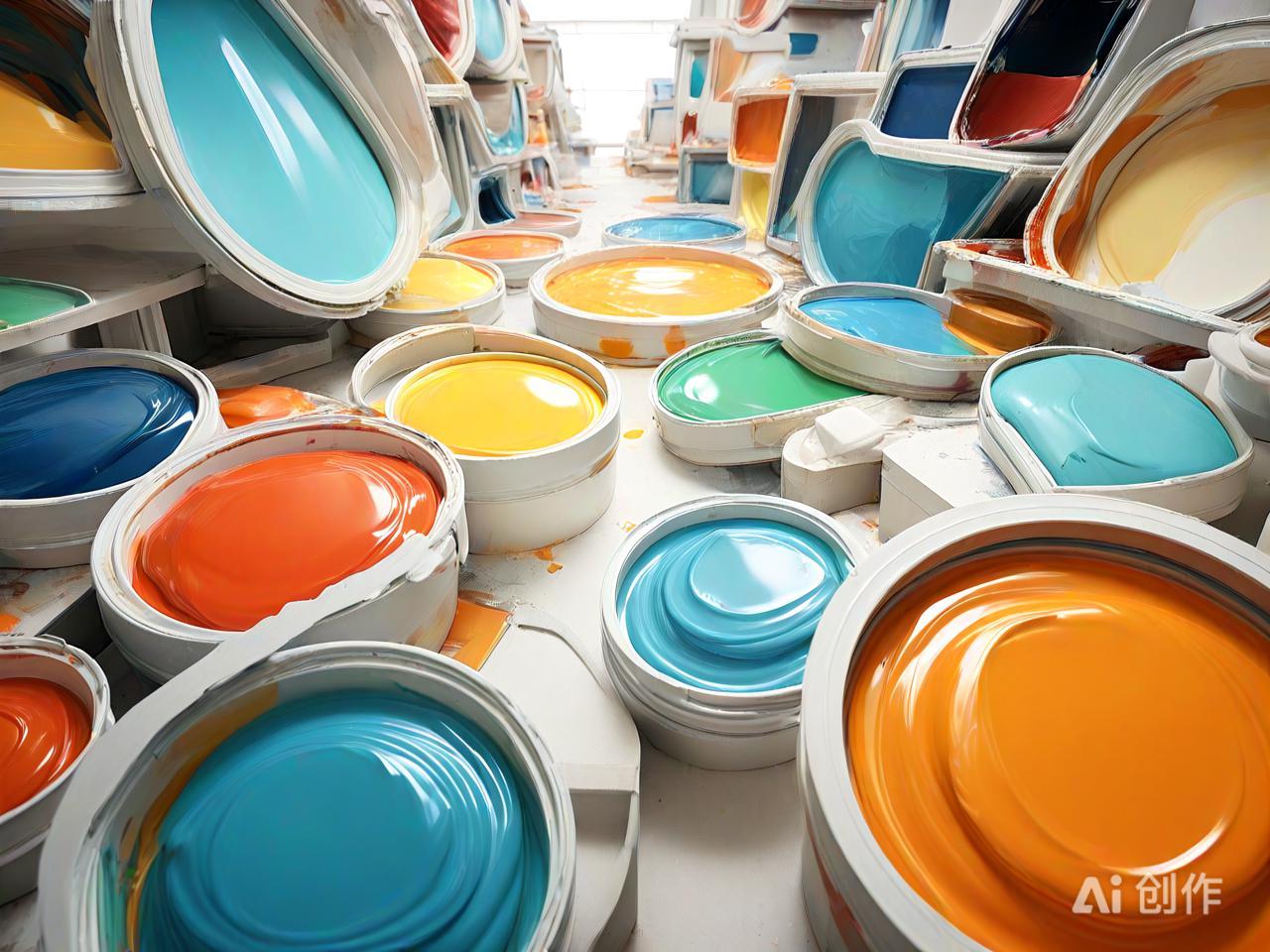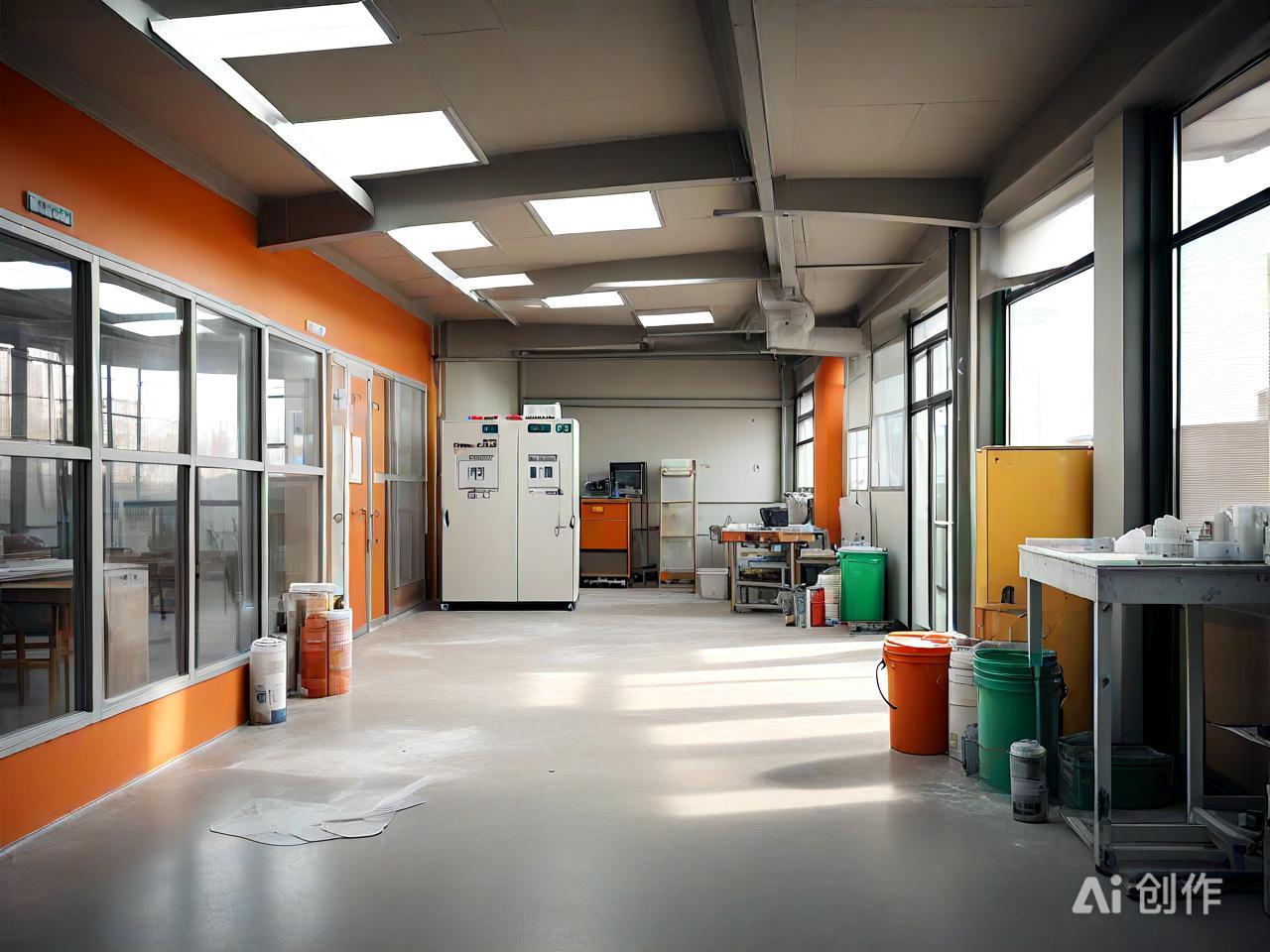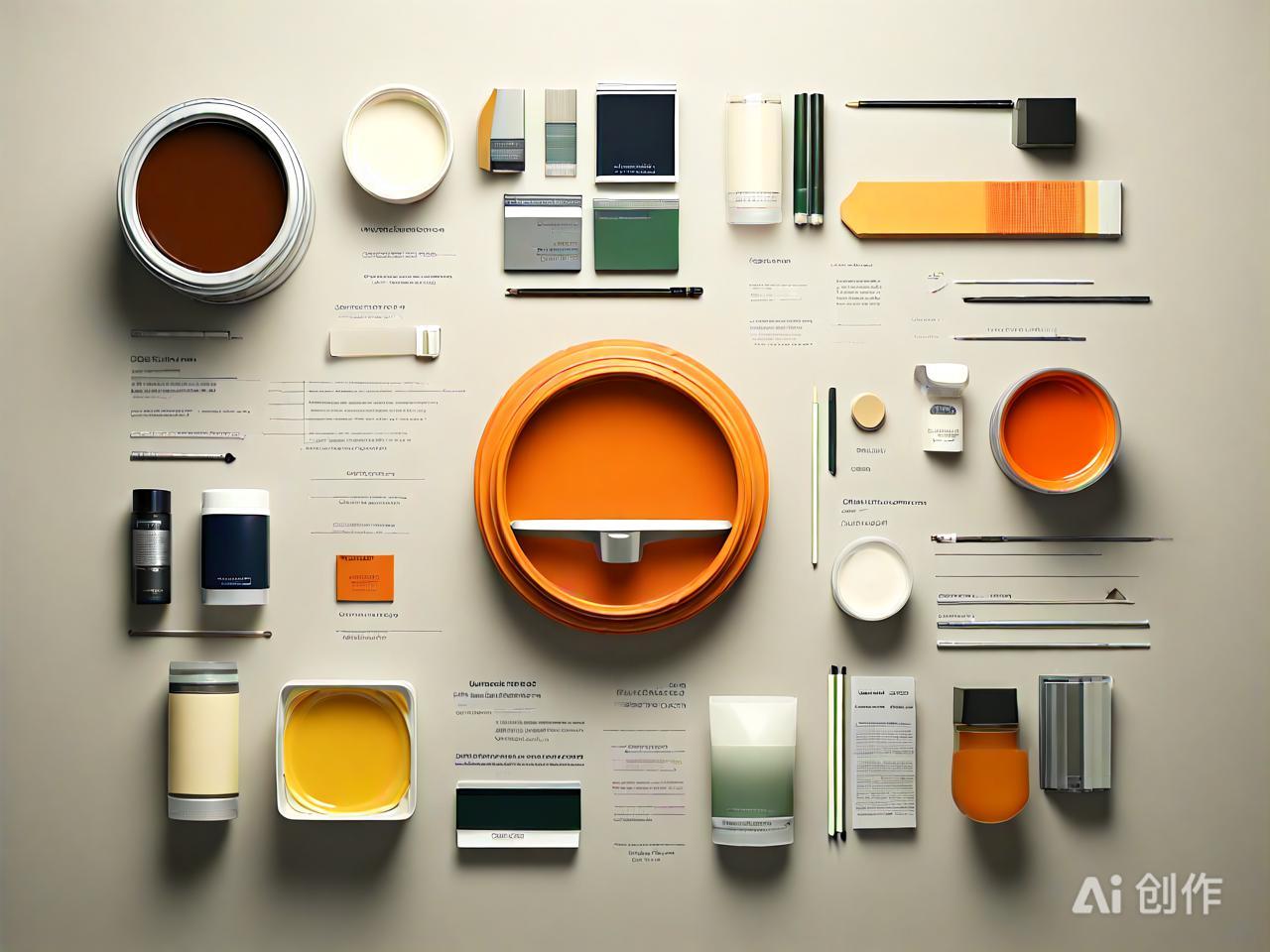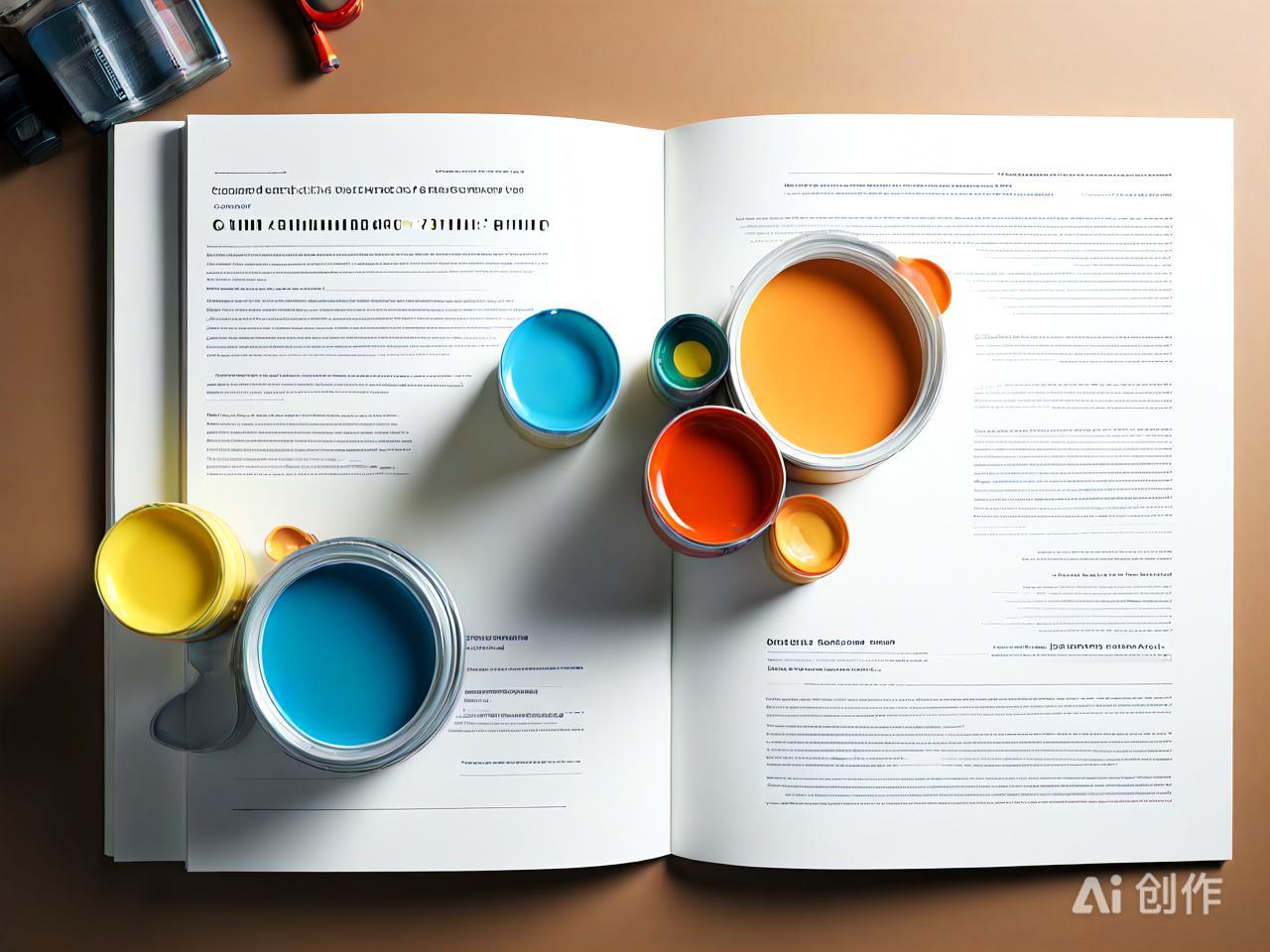Navigating the Intricate World of Coatings
The Art and Science of Color Formulation in Coatings
Color is often the first thing we notice about a painted surface, and behind every captivating hue in a coating lies a blend of art and science. Modern color formulation in the coatings industry is a highly precise process. It begins with colorants, which can be organic or inorganic pigments. Organic pigments are known for their high tinting strength and vivid colors, making them ideal for applications where a bold aesthetic is desired, like in automotive or high - end furniture coatings. Inorganic pigments, on the other hand, offer excellent lightfastness and chemical resistance, making them suitable for exterior coatings that need to withstand harsh environmental conditions.
To create a specific color, coating manufacturers use sophisticated color - matching systems. These systems rely on spectrophotometers, which measure the light absorption and reflection of a sample. By comparing the readings of a target color with the available pigments, the system can calculate the exact amounts of each pigment required to achieve a perfect match. However, it's not just about getting the right color; the color also needs to maintain its integrity over time. For example, in architectural coatings, color fade resistance is crucial. UV - stabilizers are often added to the formulation to prevent the color from fading due to sunlight exposure. This delicate balance between color creation and color preservation showcases the complexity of color formulation in coatings.
The Impact of Nanotechnology on Coatings Performance
Nanotechnology is revolutionizing the coatings industry, opening up new possibilities for enhanced performance. Nanoparticles, which are extremely small particles with sizes in the nanometer range, can be incorporated into coatings to impart unique properties. One of the most significant advantages of using nanoparticles in coatings is improved scratch resistance. For example, nanocomposite coatings containing silica nanoparticles have been shown to be highly effective in protecting surfaces from scratches. These nanoparticles are evenly dispersed throughout the coating matrix, creating a more robust and durable structure.
Another area where nanotechnology is making an impact is in self - cleaning coatings. Titanium dioxide nanoparticles are often used in these coatings. When exposed to sunlight, titanium dioxide undergoes a photocatalytic reaction that breaks down organic contaminants on the surface. This means that surfaces coated with self - cleaning nanocoatings can stay cleaner for longer, reducing the need for frequent cleaning. In addition, nanotechnology can also improve the adhesion of coatings to different substrates. By modifying the surface of nanoparticles, they can form stronger bonds with the substrate, ensuring that the coating remains firmly in place even under challenging conditions.
Coatings for Specialized Applications: Marine and Aerospace
The marine and aerospace industries have unique requirements for coatings, and these specialized coatings play a critical role in the performance and safety of vessels and aircraft. In the marine industry, anti - fouling coatings are essential. These coatings prevent the growth of marine organisms such as barnacles, algae, and mussels on the hulls of ships. The accumulation of these organisms can increase drag, reducing fuel efficiency and speed. Anti - fouling coatings work in different ways. Some contain biocides that release toxic substances to deter the growth of marine organisms, while others have a low - surface - energy design that makes it difficult for organisms to attach.
In the aerospace industry, coatings are used for a variety of purposes, including corrosion protection, thermal management, and aerodynamic improvement. Aircraft are exposed to extreme conditions, including high - speed air flow, temperature variations, and moisture. Corrosion - resistant coatings protect the aircraft's metal components from rust and degradation. Thermal barrier coatings are used to insulate the engine components, reducing heat transfer and improving engine efficiency. Aerodynamic coatings are designed to reduce drag, which can significantly improve fuel economy and flight performance. These coatings are often made from advanced materials that can withstand the harsh aerospace environment.
The Future of Coatings: Sustainability and Smart Coatings
As we look to the future, sustainability and smart coatings are two trends that are set to shape the coatings industry. Sustainability is becoming an increasingly important factor in coating development. Manufacturers are focusing on reducing the environmental impact of coatings by using renewable raw materials, reducing volatile organic compound (VOC) emissions, and developing coatings that are easier to recycle. For example, bio - based coatings made from plant - derived materials are gaining popularity. These coatings offer a more sustainable alternative to traditional petroleum - based coatings.
Smart coatings are another exciting area of development. These coatings can respond to changes in their environment, such as temperature, humidity, or mechanical stress. For example, self - healing coatings can automatically repair small scratches or cracks. When a crack occurs, microcapsules within the coating rupture, releasing a healing agent that fills the crack and restores the integrity of the coating. Smart coatings can also be used for sensing applications. For instance, coatings that can change color in the presence of certain chemicals can be used to detect leaks or environmental contaminants.
The coatings industry is constantly evolving, driven by technological advancements, changing environmental regulations, and the need for improved performance in various applications. Whether it's the precise art of color formulation, the revolutionary impact of nanotechnology, the specialized coatings for unique industries, or the exciting future of sustainability and smart coatings, there's always something new and fascinating happening in the world of coatings. Stay tuned to Paint Blog Daily for more in - depth coverage of these developments.
Likely Interests





